There are many reasons for wanting a ring resized. Perhaps you have inherited a family heirloom that you wish to wear yourself or maybe you bought a piece that doesn’t fit. Other reasons for ring resizing include weight loss or gain or the desire to wear a ring on a different finger. At The Goldmarket, ring resizing is a popular service, and something we have extensive experience with.
We take a look at the process and what it entails as well as sharing some examples of our work.
What Metal is the Ring Made From?
Most of the rings bought to us for resizing are either gold, white gold or platinum however, we also get requests to resize silver rings and even palladium.
In the case of silver, if it is a plain ring, we can fulfil the request however, if it is stone set then unfortunately, we can’t. If the ring is platinum the process will involve laser welding and can take longer.
What Size Does Should the Ring Be?
The first step is to measure the finger that you wish to wear the ring on to make sure that we know the correct size. We will measure both your finger and the current ring size and then calculate how much needs to be added or removed for the ring to fit correctly.
Increasing the Ring Size
Increasing the size of a ring requires a new piece of metal to be added to the shank. It must be the same material as the ring to ensure a good match – 18ct white gold for an 18ct white gold ring etc.
The gallery below showcases a recent ring resize carried out by our talented jeweller in house.
- 9ct white gold diamond ring for resizing
- Shank has been cut and a new section of 9ct white gold offered up to the shank
- New section soldered in place and excess filed away
- Polished and rhodium plated
- The finished job
As you can see, the first step is to heat the ring to find the original join line (anneal the ring). Then we carefully cut the shank down that same fire line if possible and then offer up the new metal which has to be accurately measured to ensure the ring is sized correctly.
The next step is to solder, or laser weld, the new piece into place ensuring that the shank is strong. The process used will depend on the nature of the ring that we are working on and whether there are any adjacent stones that could be damaged by the heat of the solder, for example. We are lucky to be able to offer laser welding at The Goldmarket which means we can offer an extensive range of services on all manner of rings and jewellery.
Once the ring has been soldered, or lasered, the shank will then be filed and polished to remove any evidence of the join and to blend the metal of the existing ring with the new piece. This requires a careful hand and a keen eye, something our jewellers most certainly have.
Resizing a Gent’s Ring
This was another example of a recent ring up-size. This time, it was a much heavier, diamond set, 9ct gold gents ring. We had to saw through the shank to open up the ring so that piece of 9ct gold could be inserted into the ring to expand the size of the shank. Once this is done, the ring is soldered and then shaped, buffed, polished and cleaned as per the images below.
Reducing the Ring Size
In many instances, reducing the size of a ring is simpler than increasing the size of the ring as we don’t have to add any new metal to the shank. Instead, we are removing a piece to ensure that the ring fits accordingly. Using the same process required to increase the size of a ring, the shank is cut, the correct sized piece of metal is removed, and the ring is soldered, or lasered, back together. The join is then filed, buffed, and polished using specialist machinery and the ring is good as new.
However, it is not always so straightforward and very much depends on the style and design of the piece in question – the stones and the type of setting. If a ring is micro bead set for example, and has to come down more than a few sizes, it can become problematic and, in some cases, impossible. It is important that we have sight of the ring in the first instance so that we can assess the job and the work involved.
How Much Does it Cost?
A simple ring resizing up or down costs from £35 however, because every ring is different and the requirements will be unique, we would ask that you contact us first.
You can find out more about the process, the cost and how to book an appointment here but the best thing to do is pop in and see us. We will be able to examine the ring and tell you if it’s a job that we can complete on site, and, how long it will take.
Our Talented Jewellers
We are very lucky to have two very talented jewellers working at our in-house bench in Weston super Mare. Often, they can carry out work while you wait, or certainly within a few hours. This will depend on how busy they are and the nature of the job. We are fortunate to have specialist laser welding equipment on site which means that we can carry out almost every type of repair at our workbench. If it is a complex job, or you bring it to us at an extremely busy time, we may require the ring for longer but if we can’t carry out the ring re-size ourselves, it is highly unlikely that anyone can.
If you have a ring that needs re-sizing, the best thing is to bring or post it in for us to assess. Bringing it in to us is preferable, especially with the unpredictable postal situation. We can then accurately tell you what is required, if it is something we can do in house and how long it will take. We can also give you a quote for the work as well. All of our work is covered by a 12 month guarantee however, it is very rare that there are ever any issues and your resized ring will be as good as the day you bought it.


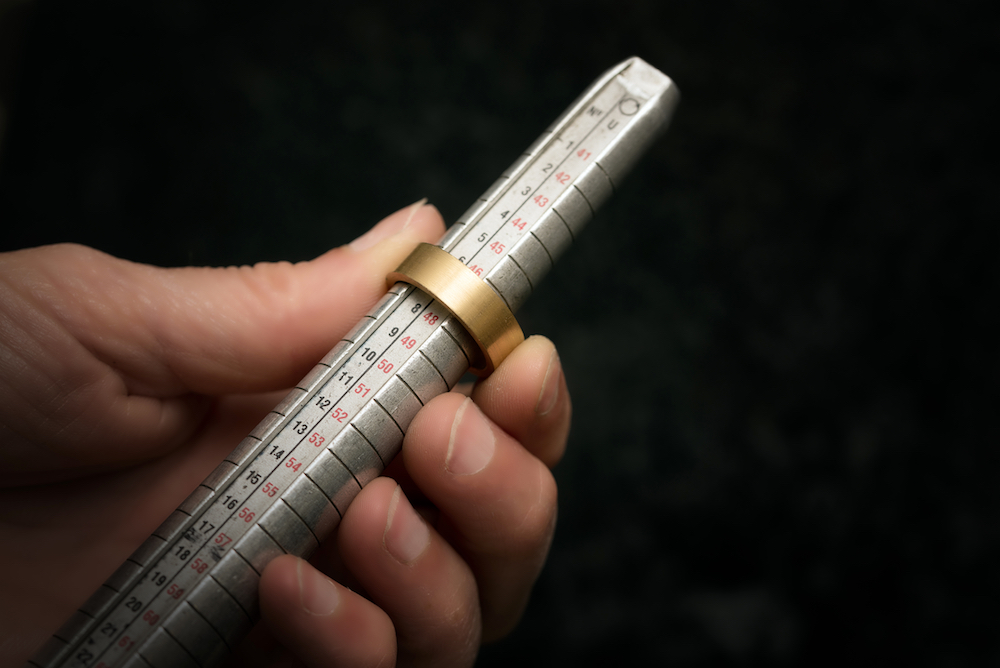
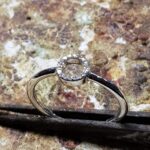



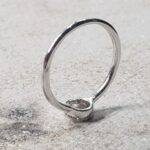










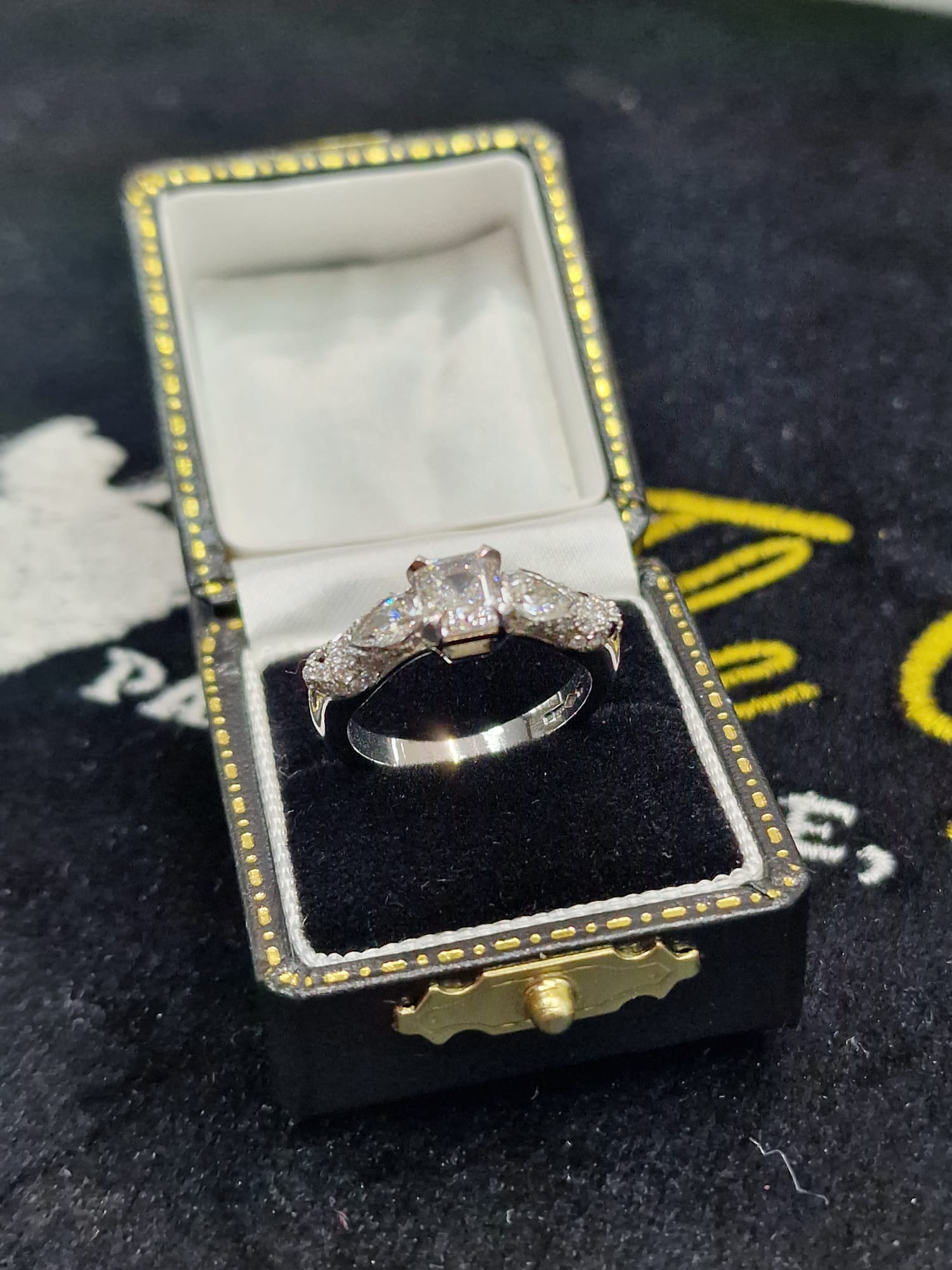






 Cut
Cut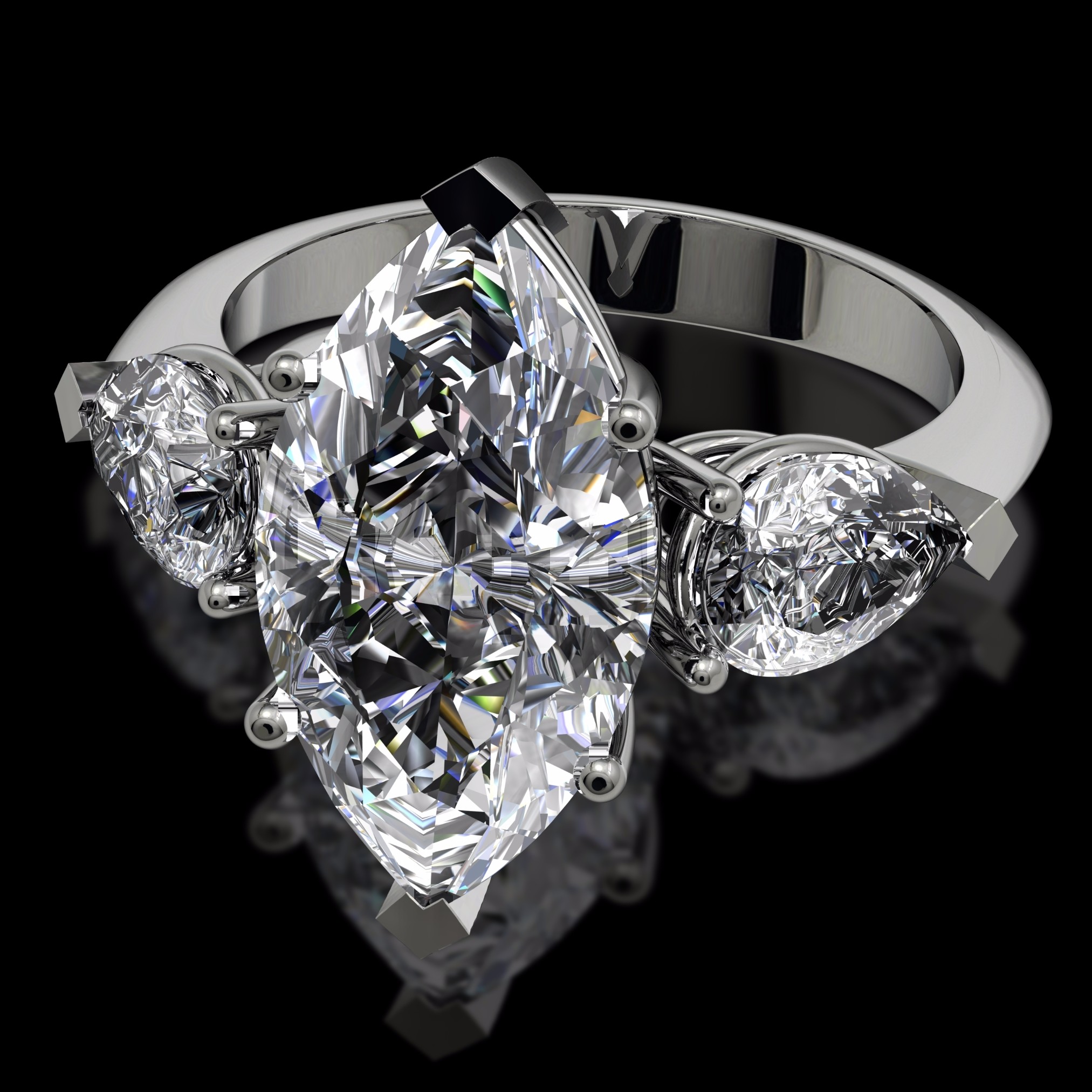








 Diamond Set Wedding Bands
Diamond Set Wedding Bands